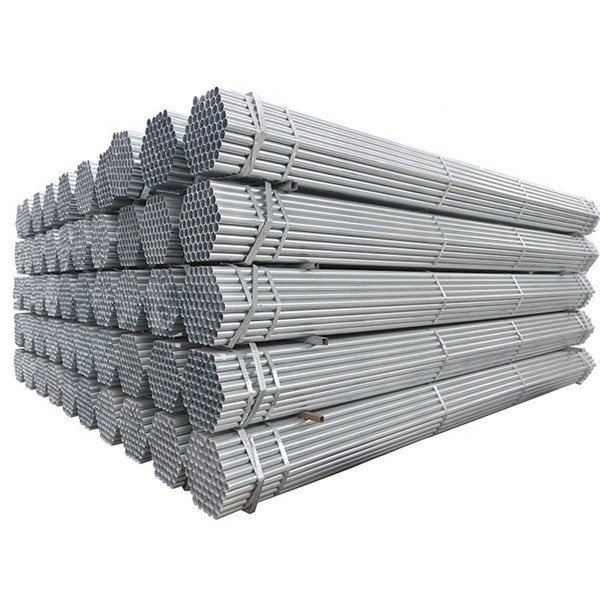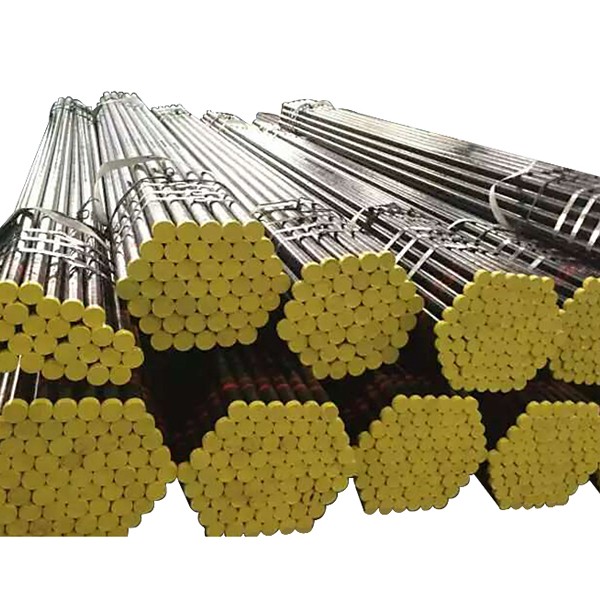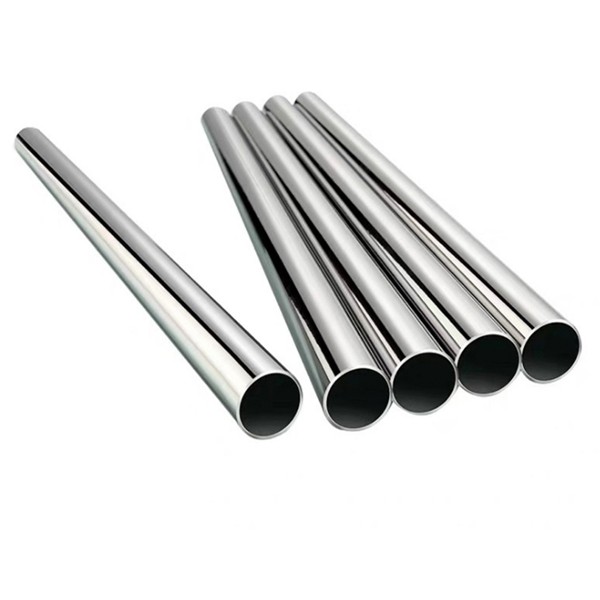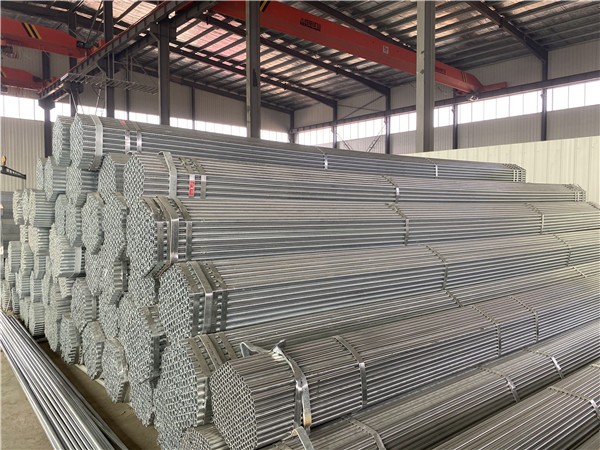1. Introduction
-
Overview of Carbon Steel Pipes and Stainless Steel Pipes
Stainless and carbon steel pipes are good choices for various uses, so it may be hard to choose. You better determine which will fit your needs through understanding basic knowledge and applications.
Both carbon steel and stainless steel pipes belong to metal steel pipes, but the content of metal elements is different. They also lead to the characteristics of stainless steel pipes that are more corrosion-resistant than carbon steel but have a higher purchase cost. Typically, the same elements are iron and carbon. The carbon steel pipe has a 10.5% alloy content, and the stainless steel pipe has a 10.5 % chromium content or more. Also, the essential difference is distinct physical characteristics.
2. What Are Carbon Steel Pipes?
-
Manufacturing Process of Carbon Steel Pipes
Carbon steel pipes are made of steel ingots or solid round steel through the perforation into capillary tubes and then by hot rolling, cold rolling, or cold drawing. Carbon steel pipe in my country's steel pipe industry has an important position.
-
Uses and Applications of Carbon Steel Pipes
Carbon steel pipe transports liquid, gas, and steam services above and below ground. It is not recommended for corrosive services but can in caustic services.
-
Types of Carbon Steel Pipes
Hot-rolled carbon steel pipes encompass various types, including general, low-pressure, medium-pressure, and high-pressure boiler pipes. Additionally, they include alloy, stainless steel, petroleum cracking, geological, and other specialized steel pipes.
Cold-rolled carbon steel pipes not only general steel pipes, low, medium, and high-pressure boiler steel pipes, alloy, stainless, petroleum cracking, and other steel pipes but also include carbon thin-walled, alloy thin-walled pipes, stainless thin-walled, and special-shaped steel pipes.
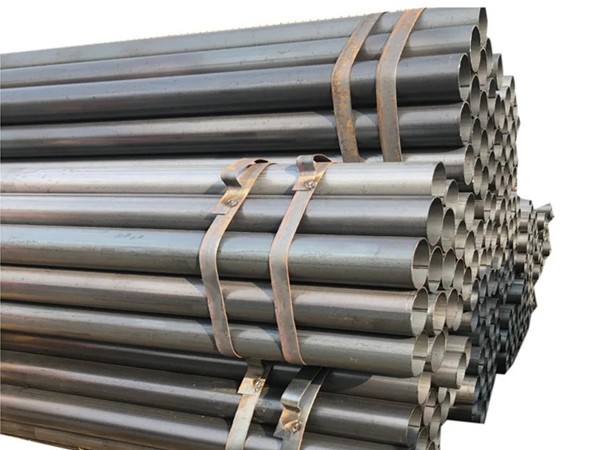
3. What Are Stainless Steel Pipes?
-
Manufacturing Process of Stainless Steel Pipes
Stainless steel pipes of acid-resistant and heat-resistant steel billets that are heated, pierced, sized, hot-rolled, and cut.
-
Uses and Applications of Stainless Steel Pipes
A stainless steel pipe is a kind of hollow round steel primarily to transport fluids or gases used in piping systems. It is also widely used in petroleum, chemical, medical, food, light industry, machinery, instrumentation, and other industrial transportation pipelines and mechanical structural parts. In addition, when the bending and torsion strength are the same, the weight is lighter and widely used in mechanical parts manufacture and engineering structures. It is also often used as furniture and kitchen utensils.
-
Types of Stainless Steel Pipes
Stainless steel pipes have different types according to manufacturing processes and shapes.
Classified by process: stainless steel seamless steel pipe and welded steel pipe (seam steel pipe) are two categories.
According to the outer diameter shape of the steel pipe: round and special-shaped pipes. Round steel pipes are widely known, but there are also square, rectangular, semi-circular, hexagonal, equilateral triangle, octagonal, and other special-shaped steel pipes.
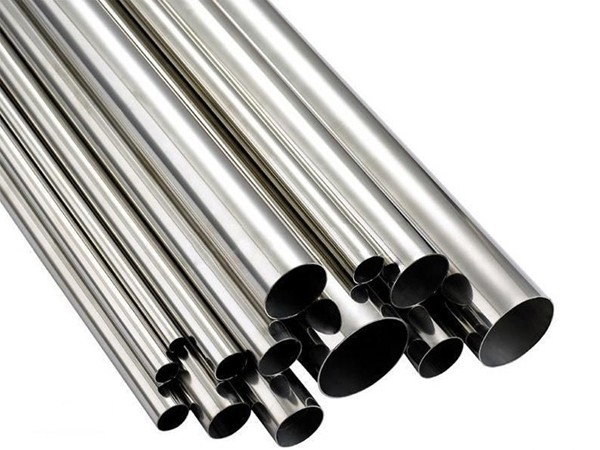
4. Pipe Standard
We can provide a variety of pipe standards. The most common standards are ASTM, API, and ISO. We will provide a detailed introduction to these standards next.
-
Carbon Steel Pipe
ASTM A106 seamless pipe
ASTM A53 welded pipe
API 5L pipe
ISO 3183, ISO 1127
-
Stainless Steel Pipe
ASTM A312
ASTM A240
API 5L pipe, API 5CT
ISO 3183 stainless steel pipe, ISO 9329
5. Carbon Steel Pipes vs Stainless Steel Pipes: Key Differences
-
Composition and Alloy Content
Carbon steel pipes are Q195 and Q235. Carbon steel, also called magnet alloy, contains a small amount of silicon, manganese, sulfur, and phosphorus except carbon and iron. Stainless steel, except carbon and iron, has other metal elements such as chromium, nickel, and copper. The chromium content over 12.5% in the steel pipe will form a protective film (passivation film) on the surface of the steel pipe to achieve the effect of anti-corrosion.
-
Corrosion Resistance
The main difference between the two is corrosion resistance. Carbon steel pipes are easy to rust, while stainless steel pipes are corrosion-resistant.
-
Physical Characteristics: Appearance, Strength, and Weight
Stainless steel is lustrous and comes in various grades that can increase the chromium in the alloy until the steel finish is as reflective as a mirror. Carbon and stainless steel pipes are easy to distinguish because carbon steel has a dull surface comparable to a cast iron pot or wrought iron fencing.
6. Factors to Consider When Choosing Between Carbon Steel and Stainless Steel Pipes
-
Transported Substance
If you are transporting corrosive items, such as chemicals or salt water, you will need a metal that does not react. Please choose stainless steel pipe, but carefully check the material's characteristics for potential reactions.
-
Temperature Considerations
Stainless Steel has lower thermal conductivity than Carbon steel. Carbon steel pipes are known for their ability to withstand high heat and are suitable for steam pipes. However, a different pipe grade will be necessary if you need work transporting cryogenic liquids in extreme cold.
-
Cost Comparison
Stainless and carbon steel pipes can be very affordable. Carbon steel is the least expensive, but stainless steel pipe is usually right behind. Compared to carbon steel pipes, the cost of stainless steel pipes is higher, and the higher the chromium content, the more expensive the price.
-
Aesthetic Considerations
If your pipes will be visible and appearance is a consideration factor, knowing the finish of these steels will help. Stainless steel usually has a shine to it and holds up if exposed to weather and other elements. Carbon steel is darker and has a matte finish. Long-term exposure causes corrosion and appearance deterioration. Stainless steel is preferred for many consumer products and can be used decoratively in construction, while carbon steel is often manufactured and hidden in projects.
7. Advantages and Disadvantages of Stainless Steel Pipes
-
Benefits of Corrosion Resistance and Durability
Stainless steel is a unique steel form that almost corrode. It gets this property by employing chromium as a special hardening agent. Chromium improves stainless steel, offering steel's basic properties and enhanced corrosion resistance. Like carbon steel, stainless steel also reacts to oxygen in the air to form an oxide layer. However, rather than form an iron oxide layer, it forms a chromium oxide layer. Iron oxide is a volatile molecule that continues to aid in the oxidation of the problem with carbon steel. However, chromium oxide is inert and forms a protective layer that prevents further oxidation. For this reason, stainless steel pipes are suitable for open systems and applications requiring high levels of hygiene, such as the food and brewing industries.
8. About SANVO Steel Pipe
-
Overview of SANVO's Products and Services
SANVO supplies and exports the best quality stainless and carbon steel pipes. We are Hebei, China's stainless and carbon steel pipe supplier. If you are interested in SANVO steel pipes, please do not hesitate to contact us for a quote.
-
Contact Information for Quotes and Inquiries
Click here to visit our Contact Us page for more information and assistance.
